Sustainable Lunchrooms: Tools & Resources
Here are all of the tools and resources from this section in one convenient place.
Poster & Flyers
You can download and print these files, or share with your local print shop for larger formats. Marketing materials can an easy way to promote the health and environmental benefits, as well as an easy introduction to plant forward meals.
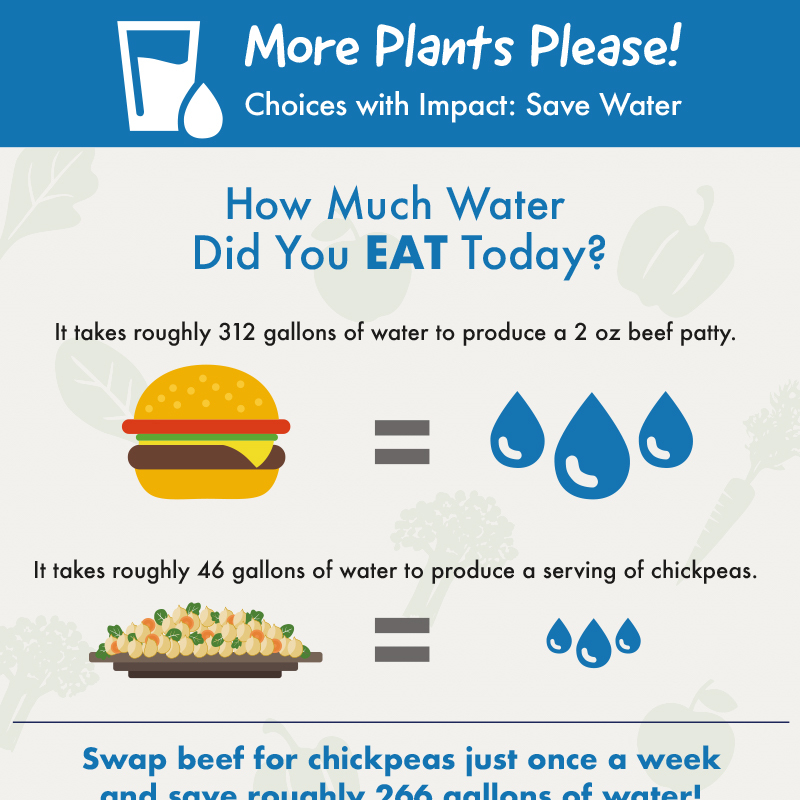

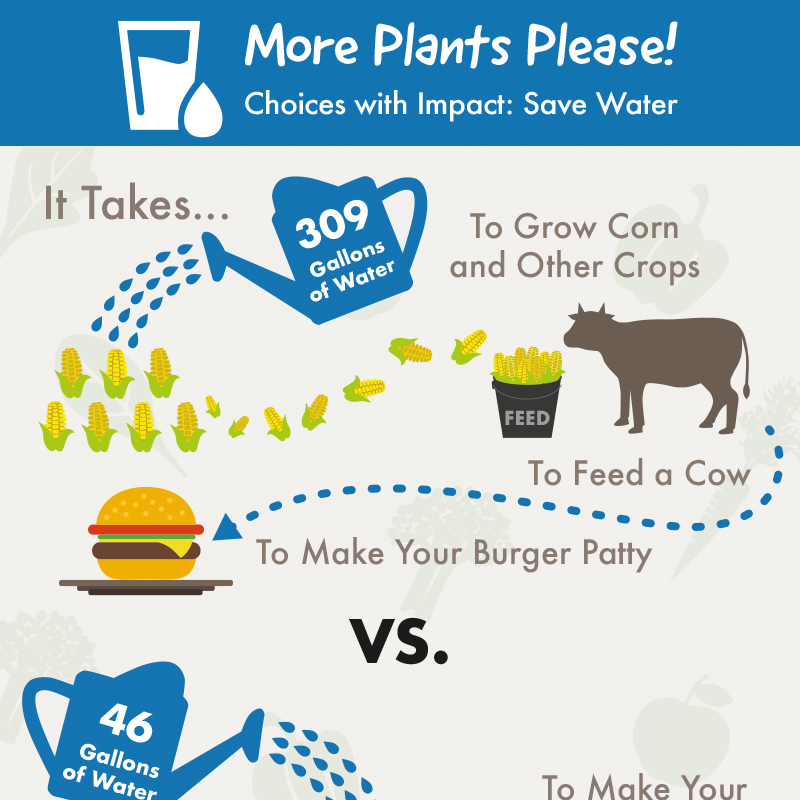
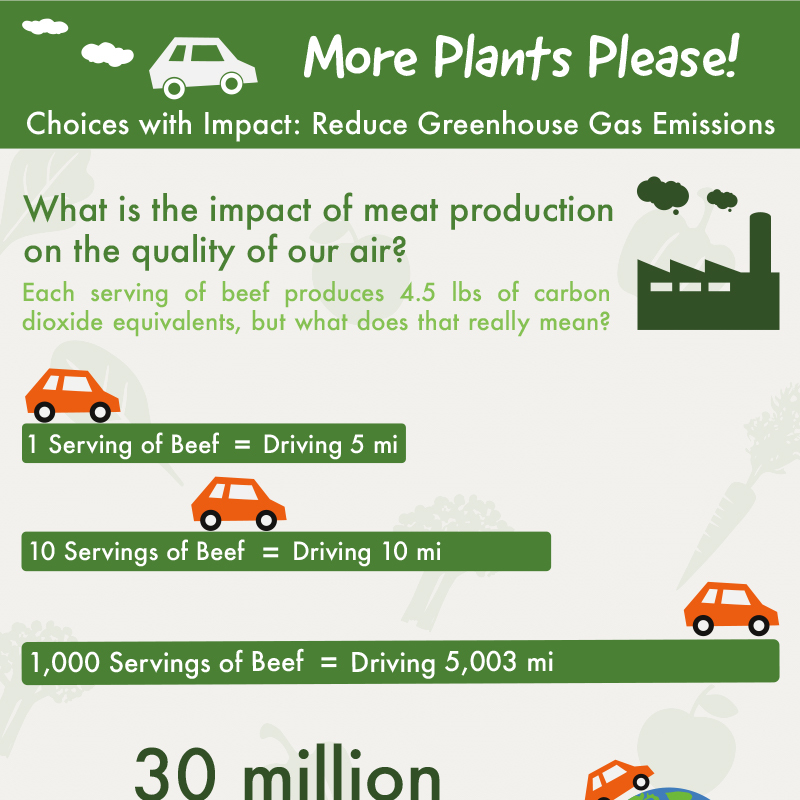
Meat Production Impact on Air Quality

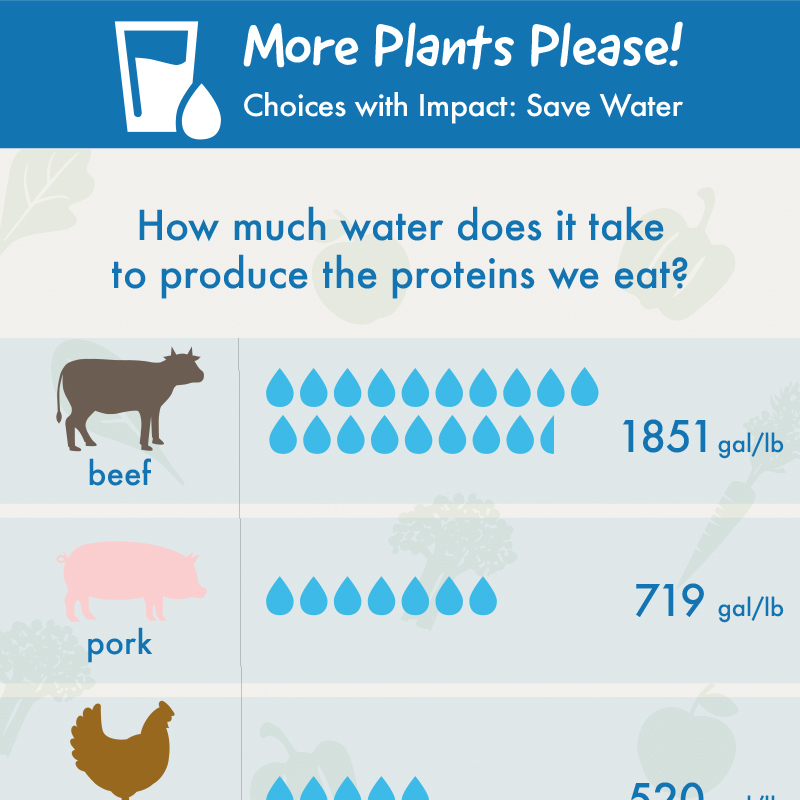

Research, Articles, and News
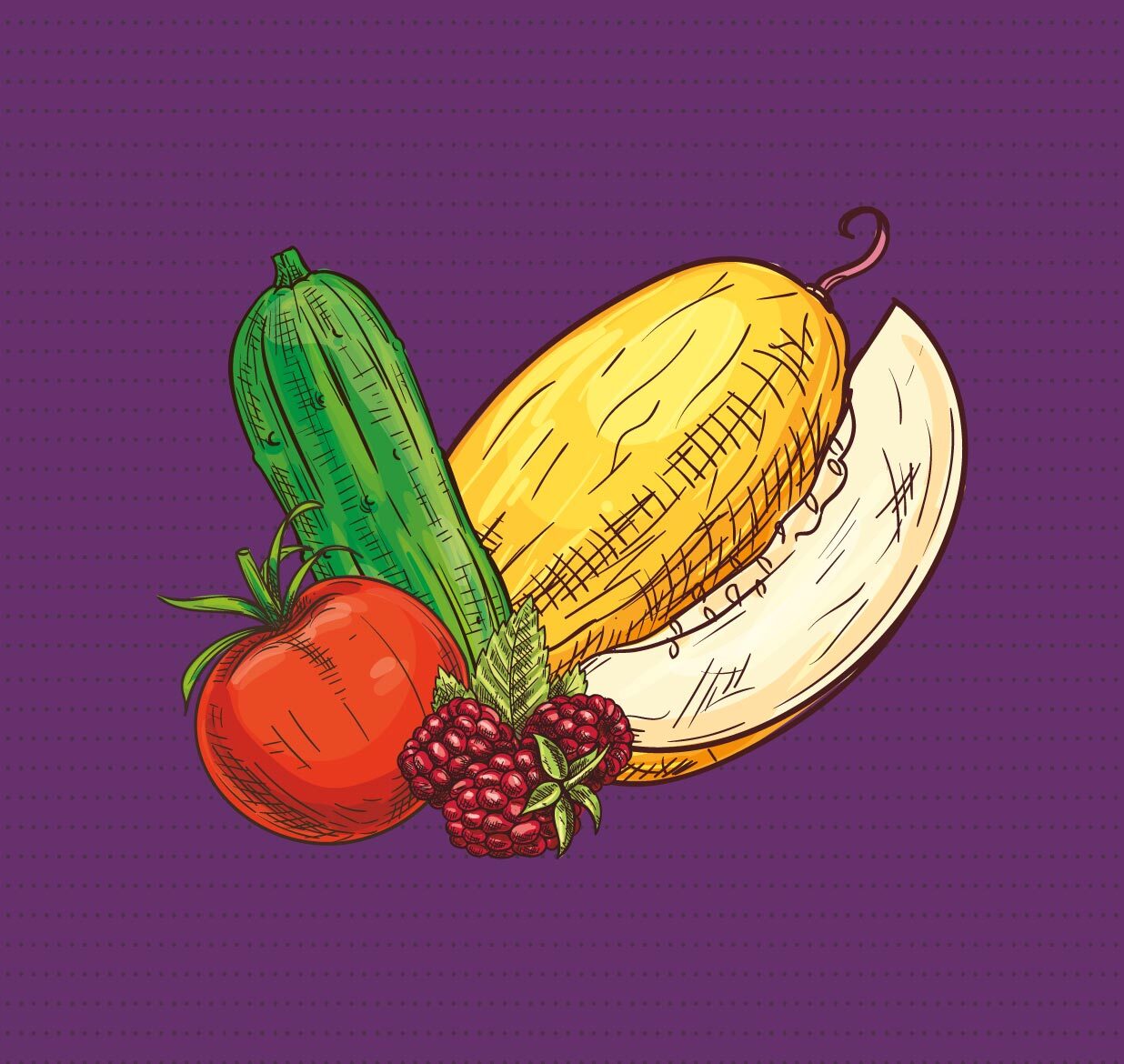
Meat of the Matter
Learn why institutions could have a significant environmental impact by serving more plant-based meals (and how to do so!) in this report from Friends of the Earth.
Value of Water Report 47: The Green, Grey, and Blue Water Footprint of Crops and Derived Crop Products
This precursory report provides the findings from investigating the water required to produce a variety of crops. Wheat and rice rank highest and are mostly grown in India, China, and the U.S. Complementary to Report 48 listed below.

Meat of the Matter
Learn why institutions could have a significant environmental impact by serving more plant-based meals (and how to do so!) in this report from Friends of the Earth.
Value of Water Report 47: The Green, Grey, and Blue Water Footprint of Crops and Derived Crop Products
This precursory report provides the findings from investigating the water required to produce a variety of crops. Wheat and rice rank highest and are mostly grown in India, China, and the U.S. Complementary to Report 48 listed below.
Value of Water Report 48: The Green, Grey, and Blue Water Footprint of Farm Animals and Animal Products
The authors of this report from the UNESCO-IHE Institute for Water Education traced the water footprints of raising animals for food, from the feed they eat to the resources needed to process and package them. It then provides a comparison to other crops. The researchers conclude that if you are going to eat meat, it’s best for the environment, particularly our water supply, to eat animals raised on grazing methods (as opposed to industrialized meat raising operations) because they require less feed, and therefore less water, to be raised.
USDA’s Fresh Fruit and Vegetable Program
This program was designed to encourage students to try a variety of new produce they wouldn’t normally get the opportunity to try. Those that participated in the program saw increased fruit and vegetable consumption among students which shows how programs such as this can help encourage students to consume more plant-forward foods.
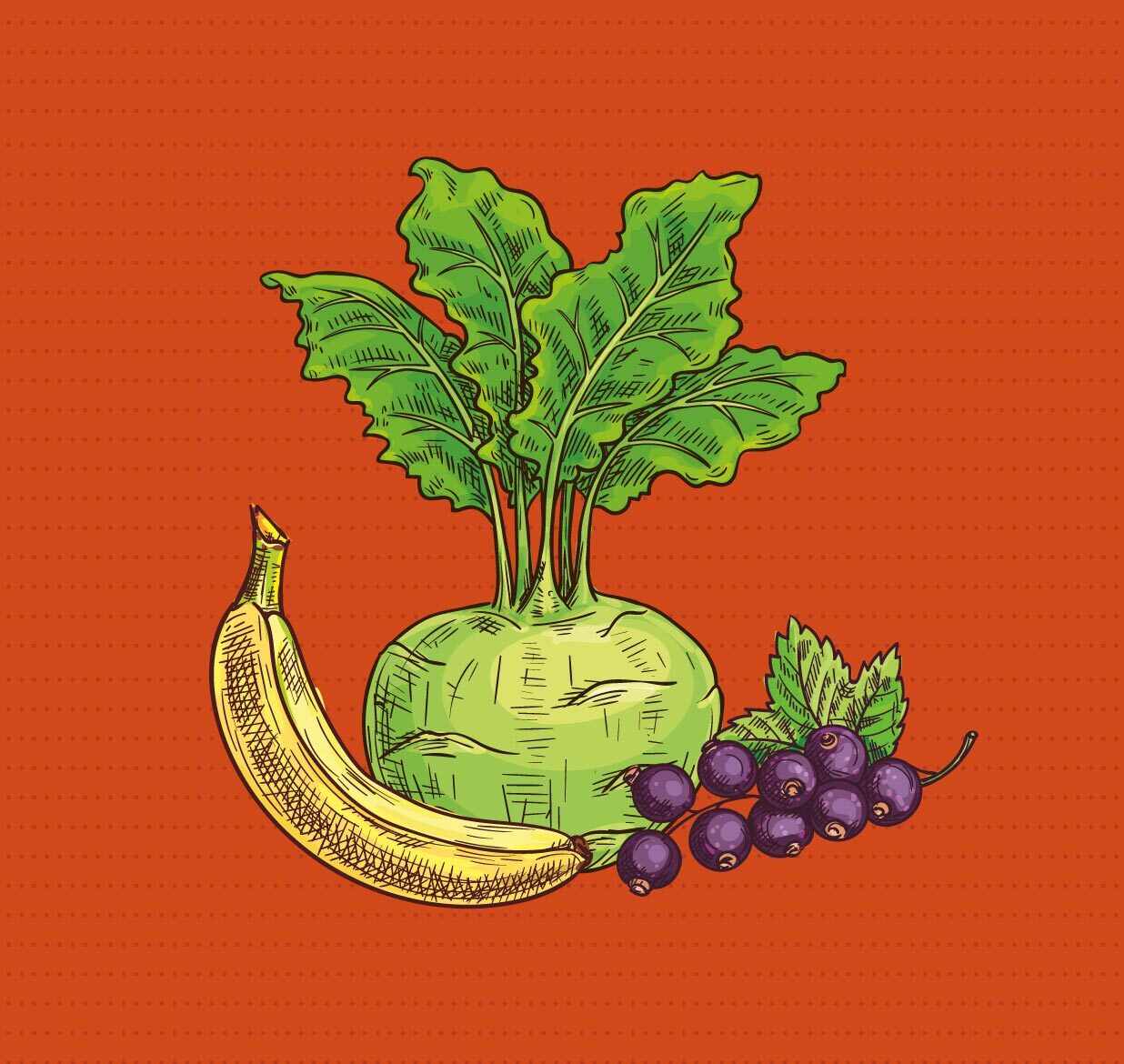

Value of Water Report 48: The Green, Grey, and Blue Water Footprint of Farm Animals and Animal Products
The authors of this report from the UNESCO-IHE Institute for Water Education traced the water footprints of raising animals for food, from the feed they eat to the resources needed to process and package them. It then provides a comparison to other crops. The researchers conclude that if you are going to eat meat, it’s best for the environment, particularly our water supply, to eat animals raised on grazing methods (as opposed to industrialized meat raising operations) because they require less feed, and therefore less water, to be raised.
USDA’s Fresh Fruit and Vegetable Program
This program was designed to encourage students to try a variety of new produce they wouldn’t normally get the opportunity to try. Those that participated in the program saw increased fruit and vegetable consumption among students which shows how programs such as this can help encourage students to consume more plant-forward foods.

Scaling up Healthy, Climate-Friendly School Food: Strategies for Success
Based on interviews with 33 school food professionals, this report from Friends of the Earth provides resources and numerous examples from 18 public school districts showcasing the benefits and strategies that school food visionaries are successfully using to serve more plant-forward foods.
Scaling up Healthy, Climate-Friendly School Food Webinar
This webinar will give you a deeper understanding of the importance of climate-friendly school foods on the menu. The webinar covers the following learning objectives: 1. Define climate-friendly food (what, why, how) 2. Understand how climate-friendly food can be applied in different school contexts and 3. Understand viable policy actions.

Scaling up Healthy, Climate-Friendly School Food: Strategies for Success
Based on interviews with 33 school food professionals, this report from Friends of the Earth provides resources and numerous examples from 18 public school districts showcasing the benefits and strategies that school food visionaries are successfully using to serve more plant-forward foods.
Scaling up Healthy, Climate-Friendly School Food Webinar
This webinar will give you a deeper understanding of the importance of climate-friendly school foods on the menu. The webinar covers the following learning objectives: 1. Define climate-friendly food (what, why, how) 2. Understand how climate-friendly food can be applied in different school contexts and 3. Understand viable policy actions.
SOPs
- Share Table SOP - this Standard Operating Procedure is for Food Service employees responsible for maintaining and monitoring self-serve share tables. It provides the procedures for utilizing and maintaining share tables and monitoring the sharing and redistribution of food to ensure food safety.









